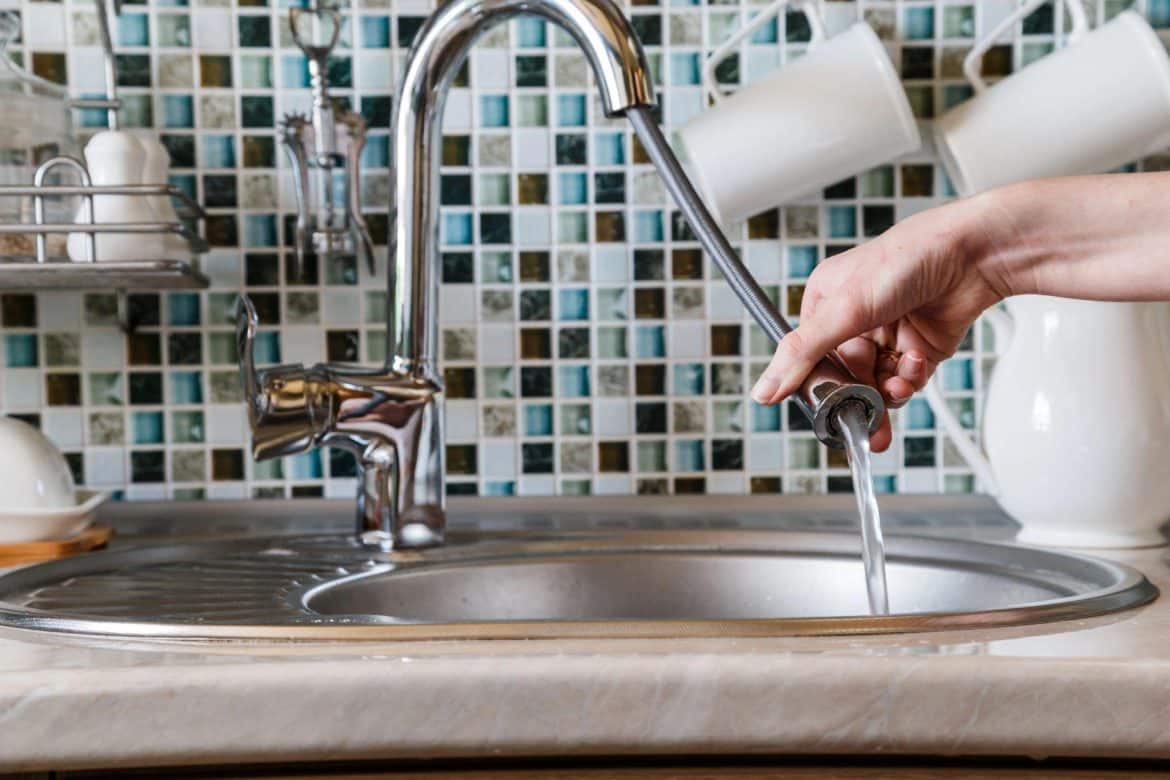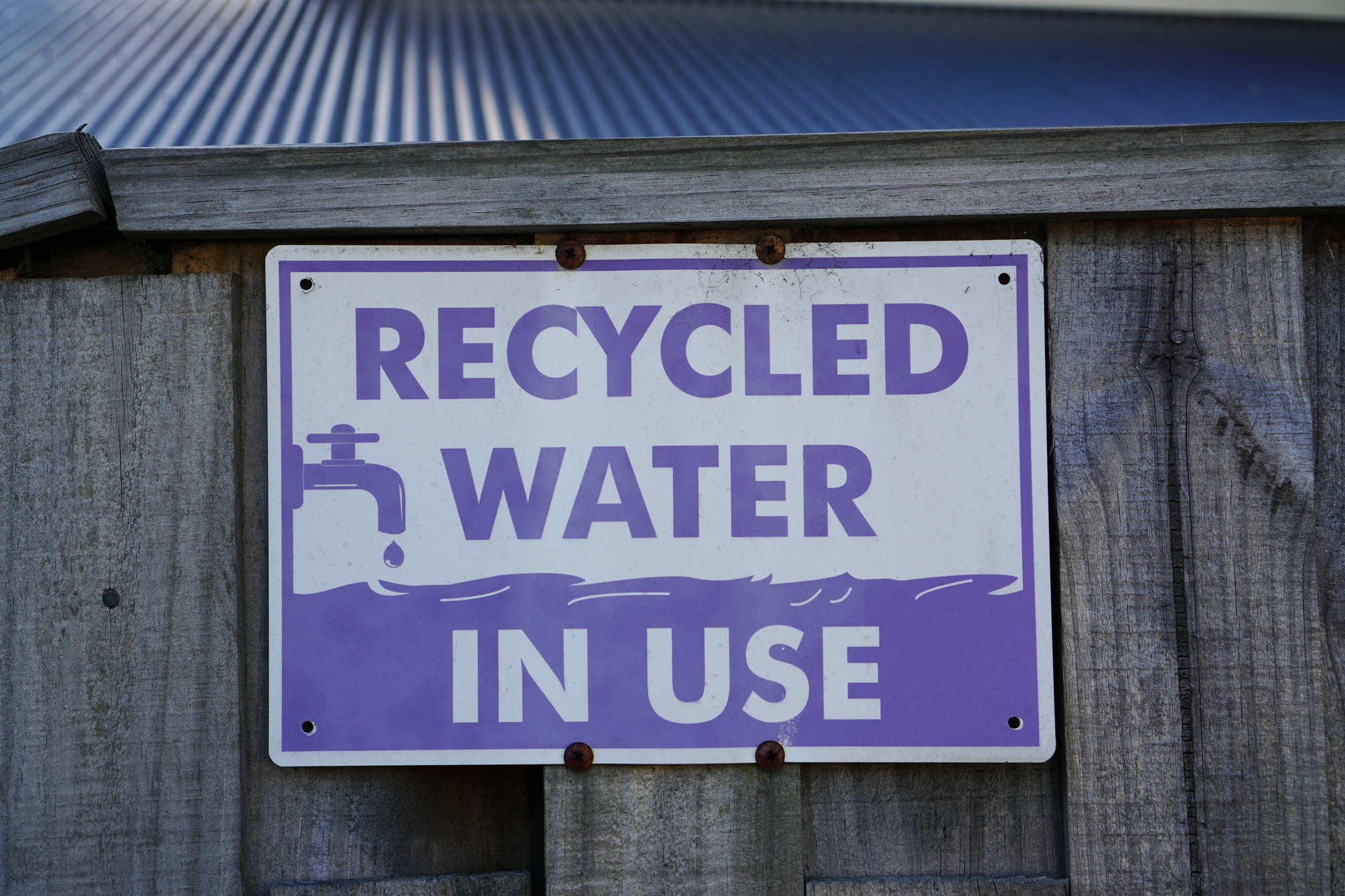Water management, in any city, ought to be a top priority. Nevertheless, owing to its unique climate conditions, it has become an even more significant subject of focus in Canberra. The city’s weather is characterised by a series of extremes; chilled winters are followed by hot summers, often accompanied by sporadic rainfall. This instability in the weather pattern makes water conservation a concept that extends beyond the scope of being just ecologically responsible; it is a necessity for survival.
The rapid economic expansion in recent years has also contributed to increased water usage in Canberra. Increased urban development and population growth have burdened the city’s existing water supply infrastructure. Against this background, Canberra’s water management concerns hinge on striking a balance between the rapidly rising demand and finite resources, preservation of water bodies, and ensuring a consistent and efficient supply.
Therefore, the search for cost-effective solutions for managing water usage in Canberra has accelerated, which involves deriving maximum utility out of every drop of water. Such measures span across various sectors, from residential to commercial, and leverage technology, education, infrastructure engineering, and policy-making, among other areas.
Understanding Canberra’s Water Usage Challenges
Water usage in Canberra is a subject that demands a critical understanding of the geographical and climatic conditions of the region. Canberra’s geography has shaped its erratic weather tendencies, which include a considerable variation in temperature combined with inconsistent rainfall. These factors, in turn, form the backbone of the city’s water supply and consumption patterns.
According to the Australian Bureau of Statistics, water consumption in Canberra has been on an upward trend over the years. This surge is predominantly due to population growth and the boom in the commercial sector. When more people reside in a city and more businesses operate, the simple fallout is an increased demand for all resources, water being the primary one.
Another critical aspect of water consumption is the implication of expanding metropolitan cities. Urbanisation brings with it the concrete menace. Green areas that could have absorbed water and aided in groundwater rejuvenation give way to concrete spaces that produce more runoff than infiltration. This unchecked urbanisation is gradually straining Canberra’s existing water management infrastructure.
Moreover, despite strong government regulations and broad public awareness campaigns about the importance of water conservation, there is still a significant gap when it comes to effective implementation. The divide stands as a testament to the predicament households, and businesses face while trying to reduce water usage – a stressor that directly hurts the pocket owing to rising water prices. Explore Canberra’s water usage pricing to better understand how these costs impact residents and businesses alike.
Implementing Efficient Water Fixtures and Appliances
Possibly one of the most effective and immediately actionable solutions to reduce water bills on a personal level is through the adoption of efficient water fixtures and appliances. Examples include tap aerators, low-flow showerheads, and dual-flush toilets.
As the name suggests, tap aerators infuse air into the water stream, thus maintaining a robust water flow while considerably reducing the actual volume of water used. Low-flow showerheads follow a similar principle – they maintain the pressure of the water while reducing its volume. Dual-flush toilets provide the option to choose the amount of water per flush. All these measures in tandem can lead to substantial reductions in domestic water usage.
For businesses, particularly those that have larger infrastructures like hotels, offices, or shopping malls, the adoption of water-efficient technologies can produce substantial savings in terms of water usage and associated costs in just a few years. Savings can also come from less apparent factors, such as reducing the energy required to heat water.
Nevertheless, any investment decision should always be based on a careful cost-benefit analysis. One needs to assess factors like the cost of the new fixtures, the current water bills, the anticipated savings in water usage, the lifespan of the fixtures, and overall environmental impact. While the upfront cost sometimes could be high, long-term savings often justify the investment.
Harvesting and Reusing Rainwater
Rainwater harvesting is an age-old technique that has seen a revival in recent years due to its environmental and economic benefits. The concept underlying rainwater harvesting is relatively simple – rainfall is collected, stored, and utilised.
The uses of harvested rainwater are numerous. For example, it can help irrigate gardens, wash cars, and fill swimming ponds – these are all non-potable uses that do not necessitate the quality purity needed for drinking water. Moreover, connection to toilet and laundry uses can provide substantial water and cost savings. Essentially, every drop of rainwater used equates to a drop of mains water saved.
However, it is crucial to remember that while the idea of rainwater harvesting is encouraged, there are legal considerations to follow. Canberra, for example, encourages domestic rainwater tanks, including legal usage outside of drinking, but the homeowner is always responsible for ensuring tanks are maintained properly.
Essentially, rainwater harvesting is a lengthy stride towards self-sustainment – an eco-friendly choice that endorses water conservation, reduces stormwater runoff, and curbs water bills.
Adopting Smart Water Management Technologies
Incorporating technology into our daily lives presents an opportunity to revisit traditional methods of water consumption and explore more imaginative alternatives. Water management has seen innovative disruptions by intelligent irrigation systems, water management apps, and similar technologies that offer potential solutions for efficient water usage.
Smart irrigation systems are a recipient of advanced technology. They are designed to intelligently water lawns, fields and yards by adjusting the watering schedule based on weather forecasts, soil moisture levels, and evaporation rates. Certain systems can even adjust their schedules based on the type of plants being watered. This precision in water distribution considerably reduces wasted water, saving both money and a precious resource.
However, the adoption of advanced systems like this can often bear substantial financial ramifications. Consequently, it intrigues businesses or residents to question the justification behind such an investment. Studies have shown though, that such technologies not only pay for themselves in a matter of few years through considerable reduction in water bills but also save significant water, making them a smart investment.
Engaging in Community Initiatives and Education Programs
Community involvement and targeted educational programs can play a vital role in formulating a robust strategy for managing water usage in Canberra. It’s worth noting the Canberra-based community initiatives like WaterWatch, which involve the community in extensive vetting of waterways’ health. They educate participants on water quality indicators, fostering an environment of learned practitioners advocating water resource preservation.
Such community-focused initiatives substantially aid in increasing public awareness and promoting sustainable practices. The active exchange of ideas and the demonstration of efficient techniques encourage households and businesses to adopt water-saving practices, thereby broadening the collective impact.
Furthermore, actively promoting school education programs concentrated on water conservation can foster a culture of informed water usage from an early age. An investment in education is a long-term solution that can bring extensive lasting improvements for future generations.
Conclusion
In conclusion, efficient water management is a subject of great importance in Canberra. It demands immediate attention and strategic action. Through the implementation of efficient water fixtures and appliances, rainwater harvesting, adoption of smart technology, and active community involvement, there are several routes to arrive at the goal of effective water conservation.
It’s important to remember that our water resources are finite. The ripple effect of individual efforts can culminate in a significant shift in the broader water conservation landscape of Canberra. Through these cost-effective strategies, Canberra can ensure that water, our most essential resource, is preserved and secured for future generations.
Over time, Canberra’s water usage pricing has been rising. It’s beneficial for each resident to implement at least some of these measures in an attempt to curtail rising costs. We must remember that each step taken towards sustainability and conservation today is a significant contribution to a resource-efficient and sustainable Canberra for tomorrow. The small changes we make today can lead to huge impacts tomorrow. We need to work individually and as a community to ensure the precious resource that is water is treated with the respect it deserves.


